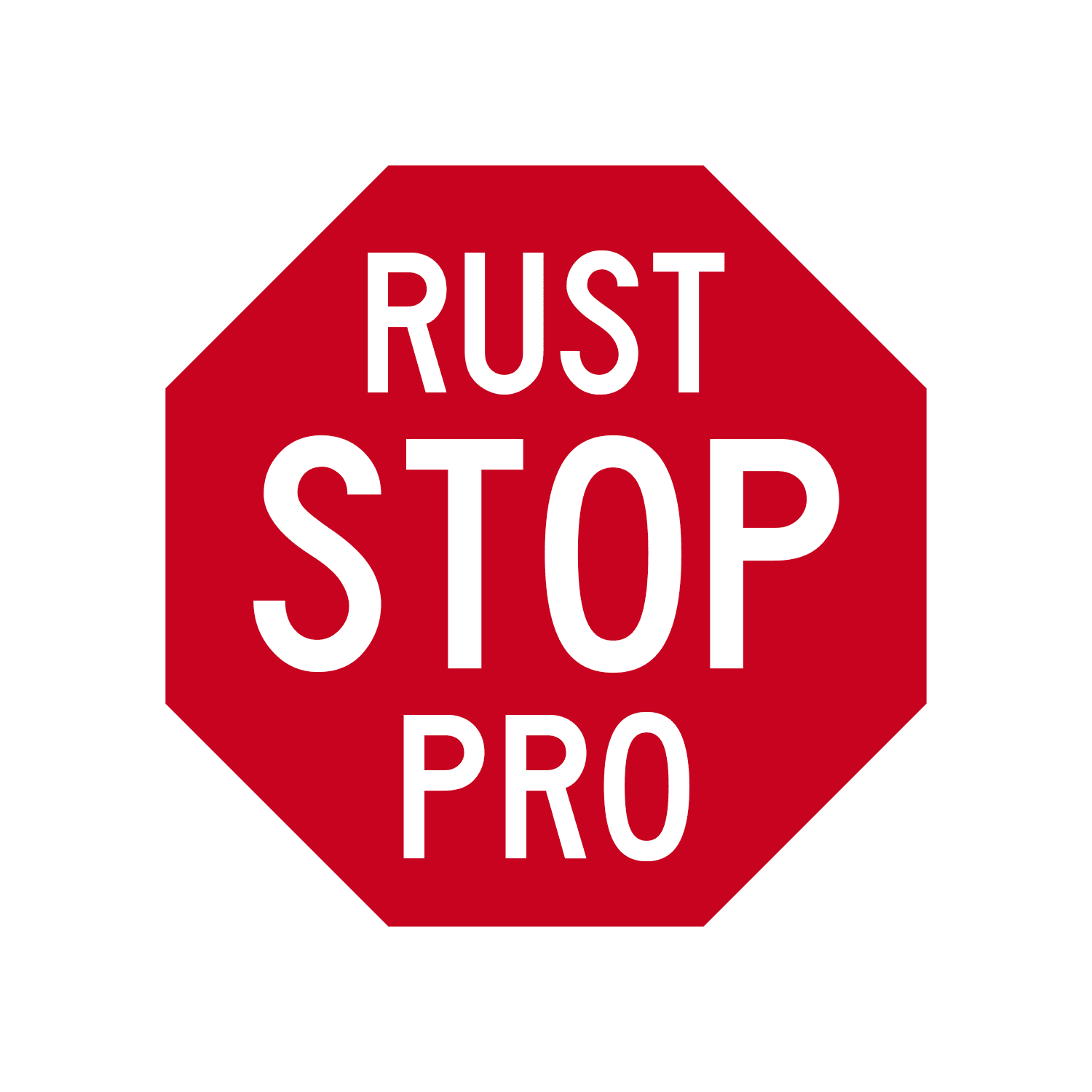Undercoating Benefits
The most significant benefit of having an undercoating applied to the underside of a car is that it protects it from rust and corrosion to great extent. While there's no assurance that a rust bubble won't form where a stray rock collided with your recently applied coating, the products we use remain wet to touch and self-heal by slowly creeping across the scratch.
Another advantage is that undercoatings provide an extra layer of sound-deadening insulation to a vehicle's undercarriage. While undercoatings aren't as effective as a specialist sound-proofing compound and don't do much to keep heat and cold out, they do minimize road noise and squeeky sounds.
Undercoating Awareness
Do you drive around in a rusted vehicle?
Have your vehicle's protective undercoatings failed, leaving the delicate undercarriage of your vehicle exposed to the elements?
Does it appear that some undercoating is required?
On the plus side, if you possess a newer vehicle, you probably won't have to undercoat it very often.
Most modern automobiles are made of rust-resistant lightweight materials such as aluminum, polycarbonate, carbon fiber, and magnesium.
This not only makes them more fuel efficient and light, but it also makes them less vulnerable to corrosive pollutants.
But it doesn't imply the modern automobile is immune, which is why all cars are given an undercoating at the factory, which requires routine cleaning and maintenance in colder locations.
What Is Vehicle Carriage Undercoating?
You're probably already familiar with the term "undercoating" if you reside in a snowy or coastal areas so for the rest of us, here's a summary.
An undercoating is the first line of protection between a vehicle's metallic underside and the elements, and it is applied to all vehicles before they leave the manufacturer.
These OEM coatings, however, will wear away with time, exposing oil pans, transfer cases, suspension arms, chassis, fuel tank, and other metal components to corrosion and rust.
Most dealerships provide a "winter package," which typically consists of a rubberized product being sprayed across the vehicle's undercarriage.
Even if you choose the package option or perform an undercoating treatment on your own, your vehicle's undercarriage is likely to show signs of rust and corrosion.
There's a reason automobile undercoatings have a reputation for being a bit of a double-edged sword, and it's not because they're ineffective.
How Does Rust Begin?
Every year, rust costs billions of dollars in car repairs in the United States and road salt and de-icers are at fault 90% of the time.
These winter road de-icers may make driving safer, but they're also known for causing corrosion to grow on cars.
Years of contact with magnesium chloride, or sea salt, cause many of the more severe cases of vehicle rust.
De-Icer is cheap, easy to come by, and an incredibly good when it comes to thawing out frozen moisture, but it's also a significant hazard for exposed metal surfaces.
When magnesium chloride comes into contact with the correct amount of moisture and oxygen, it can produce a variety of rusting outcomes.
